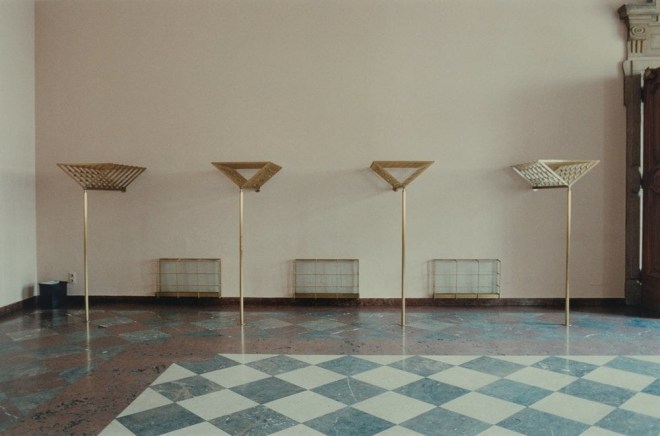
Diane Arbus, Boris Becker, Karl Blossfeldt, Walker Evans, Lee Friedlander, Candida Höfer, Gabriele and Helmut Nothhelfer, Tata Ronkholz, Albert Renger-Patzsch, August Sander, Hugo and Karl Hugo Schmolz, Garry Winogrand, Piet Zwart - across generations one all these Photographers a way of working, namely over decades to pursue topics continuously. Sander an archive of public spaces and their codes of representation such series can form an atlas of the people of the 20th century, in Höfer, or Blossfeldt such a variety of shapes of flora and fauna. In the "direct photography" is the eventful reception of photography combines an artistic and documentary in a special way.
In the synopsis, the mutual influence of German and American positions in the compact cultural landscape of the Rhineland from the 1960s to the 1990s can be understood at the same time. The first galleries of photography were found here in the 1970s, including August Sander, Florence Henri, Piet Zwart, and Karl Blossfeldt, as well as 1960s American positions such as Walker Evans, Diane Arbus, Lee Friedlander, Garry Winogrand enthusiastic and well-known through continuous mediation work. At the same time, Bernd and Hilla Becher exerted great influence with their teaching at the Düsseldorf Art Academy. And last but not least, significant monographic exhibitions and group exhibitions shaped the reception in a sustainable way. L. Fritz Gruber already showed August Sander in the Photokina picture shows in the 1950s. The Kunsthalle Düsseldorf exhibited photographs by Walker Evans in 1976, and Klaus Honnef curated important group exhibitions of documentary photography at the Rheinisches Landesmuseum, Bonn.
This documentary-artistic approach is presented and questioned with Doing the Document. Walker Evans did not describe his photographs as documentary, but spoke of a "documentary style". In 1967, the New York Museum of Modern Art displayed works by Arbus, Friedlander and Winogrand, all represented here, under the title New Documents. Where does the document end and where does the artistic gesture begin? This is a question that has always been under discussion in the history of photography and that has to be renegotiated even today in post-factional times and the increasing aestheticization of archive and documentation material in contemporary art.
This exhibition is the result of a donation of more than two hundred works by German and American photographers by the Cologne Bartenbach family, which has recently substantially expanded the Museum Ludwig collection. Complementing the rich pictorial collections from the beginning of the 20th century to the present day, the Bartenbach Collection also contains source material that will be explored for the first time in the course of the exhibition. In addition to the photo-historical processing of the collection, the donors will also be honored. The commitment of the collectors is characterized in particular by the fact that they are not focused on individual images selected, but rich and versatile holdings of individual, internationally renowned artists. Her interest in the work of selected photo artists is reflected in extensive series of works that highlight the broad facets of individual artists. The donation perfectly complements the photography collection in the Museum Ludwig, as it fills in gaps as well as deepening and expanding existing focal points. This will be comprehensively presented in the German-English publication, while the exhibition focuses entirely on the donation. as well as existing priorities deepened and expanded. This will be comprehensively presented in the German-English publication, while the exhibition focuses entirely on the donation. as well as existing priorities deepened and expanded. This will be comprehensively presented in the German-English publication, while the exhibition focuses entirely on the donation.